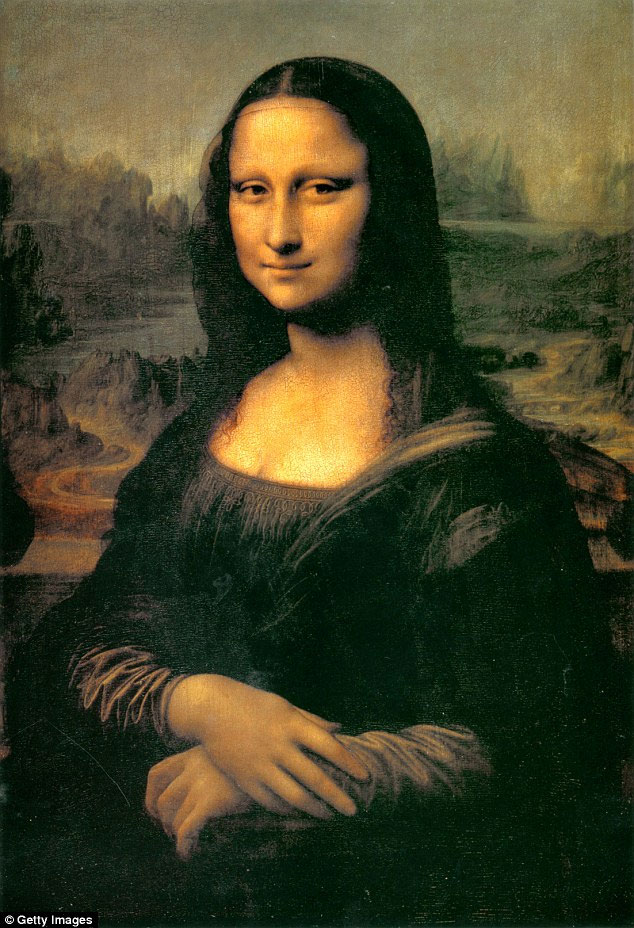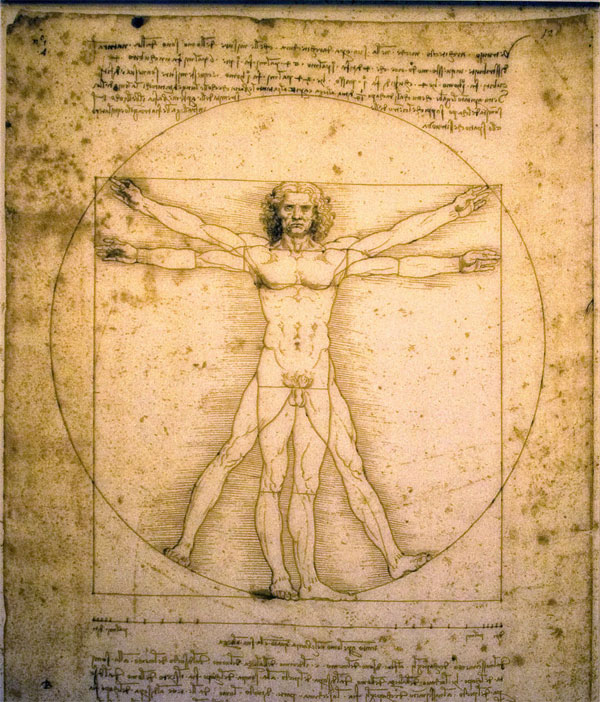Scientists want to rebuild Leonardo da Vinci's genome
The appearance of the "father" of Mona Lisa - Leonardo da Vinci, remains a mystery. Scientists are trying to reconstruct his genome from what he touched, to portray a man who is considered one of the most intelligent geniuses of the human world.
500 years ago, Leonardo da Vinci pioneered quite a number of research fields, from poetry to mathematics, engineering, anatomy, science, astronomy, geology and especially painting. .
Inspired by his tireless creative spirit, scientists have cultivated a rather crazy plan, which is to rebuild his genome and try to assemble incredible pieces of life. of this genius. They realized it with Project Leonardo .

The Mona Lisa's appearance is known all over the world, but her "father" appearance remains a mystery.
The Leonardo project, established in 2014, brings together many scientists, historians, archaeologists and art experts from universities around the world.
Recently, they have come up with some plans in a special version of Human Evolution magazine.
The team searched for traces of DNA and fingerprints on Leonardo's books, notepads, paintings and tools. They hoped that the results could then be compared to the information from his dead or dead hair, bones, fingerprints and skin cells.
You can imagine a huge amount of work. They will have to search and examine the DNA of family relatives Leonardo from the 14th century until now.

Leonardo worked hard on human anatomy, showing his passion for both science and art.
Rhonda Roby, a geneticist involved in the project, talks about some of the challenges in finding Leonardo's ruins: "More and more techniques are being developed to recover DNA only from things that the audience touches. I think there is a possibility of having biological materials inside the paintings. The real challenge for us is finding those materials but not damaging artworks. "
Leonardo's legacy in science, engineering and culture is invaluable and no different from the work of " superheroes".
He was one of the most intelligent people in human history with an understanding far beyond his time. Despite these things, very few people know about Leonardo himself.
By piecing together genetic pieces, scientists think they can generalize the eye color, skin color, hair color, weight, height and Leonardo's face shape.
In addition, the process of restoring the Leonardo genome may also provide scientists with information about his diet, health and personality.
Even so, there is no plan to "clone" the great scientist yet.
Leonardo Da Vinci was born on April 15, 1452 (old calendar) in Anchiano, Italy, died on May 2, 1519 in Amboise, France, as a painter, sculptor, architect, musician, doctor, engineers, surgeons, creators and natural philosophers.
He is considered an all-powerful Italian genius . The name of Vinci is his birthplace, located in the territory of Firenze, 30km west of Florence, near Empoli, his surname.

Based on genetic information, scientists believe that it is possible to reconstruct this versatile genius relatively.
Leonardo was the illegitimate son of notary Ser Piero (then 25 years old) and 22-year-old farmer daughter Catarina. The birth name is Leonardo di ser Piero da Vinci meaning "Leonardo, son of Ser Piero, from Vinci" . Leonardo did not have them in modern context. He is the author of famous paintings such as the Mona Lisa, the Last Supper.
Leonardo was the one who had the ideas ahead of his time, especially the concept of helicopters, tanks, jumpers, the use of solar convergence, computers, sketch theory topography, double bottom ships, and many other inventions.
Some of his designs were made and feasible while he was alive. Scientific applications in metal processing and engineering in the Renaissance era are still in its infancy.
In addition, he contributed greatly to knowledge and understanding in anatomy, astronomy, civil engineering, optics and hydraulic research. The products that remained in his life had only a few paintings left, along with a few handbooks (spilled in various collections of his compositions), which contained sketches and illustrations. drawing on science and pen.
- Leonardo da Vinci and secrets not everyone knows
- Find out the descendant of the life of Leonardo da Vinci
- 4 giant 'treasures' of Leonardo Da Vinci: The solution after 500 hundred years
- Discover the secret talent of the great Leonardo da Vinci
- For the first time, Vietnam has successfully built the Vietnamese genome
- Hair fibers are expected to make history after 500 years Leonardo da Vinci died
- Effort to save Leonardo Da Vinci's self-portrait
- Scientists successfully decode the spider's genome
- The genome of a marine creature carries the secret of the unicellular ancestor of human beings
- Memo book of Leonardo Da Vinci
- The Cray XC30 super computer helps build the human genome in 9 minutes
- Decoded the mackerel genome
 Discovered an ancient centipede fossil 99 million years old
Discovered an ancient centipede fossil 99 million years old Discovered bat-like dinosaurs in China
Discovered bat-like dinosaurs in China Discovered a 200-year-old bronze cannon of the coast
Discovered a 200-year-old bronze cannon of the coast Discover 305 million-year-old spider fossils
Discover 305 million-year-old spider fossils